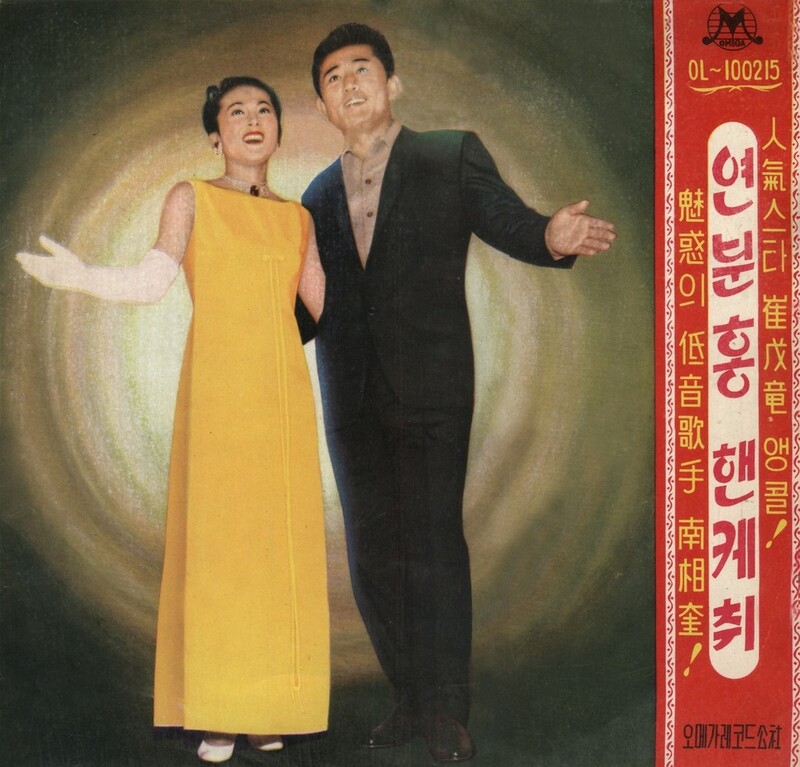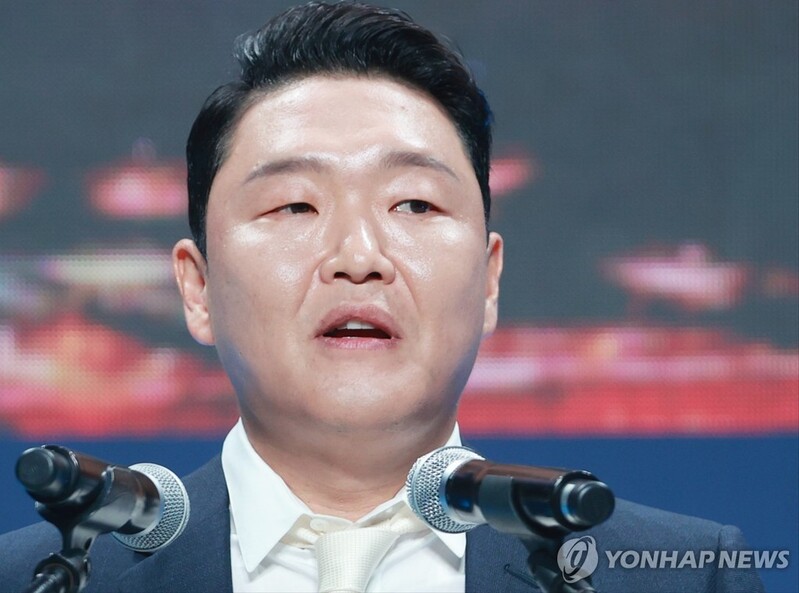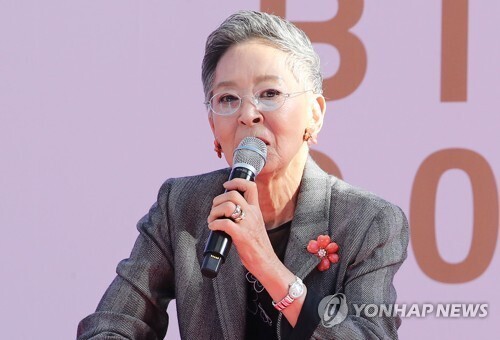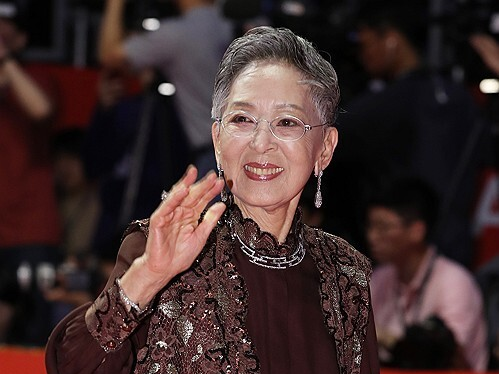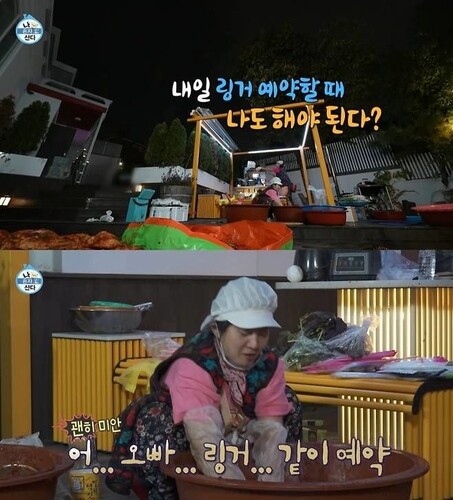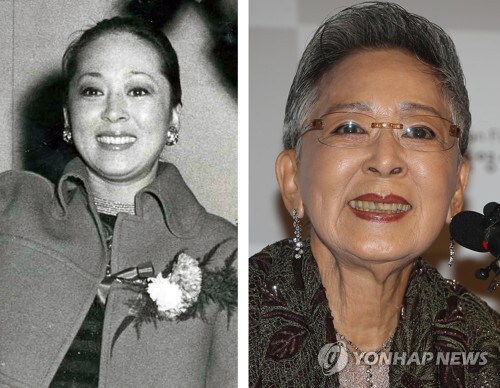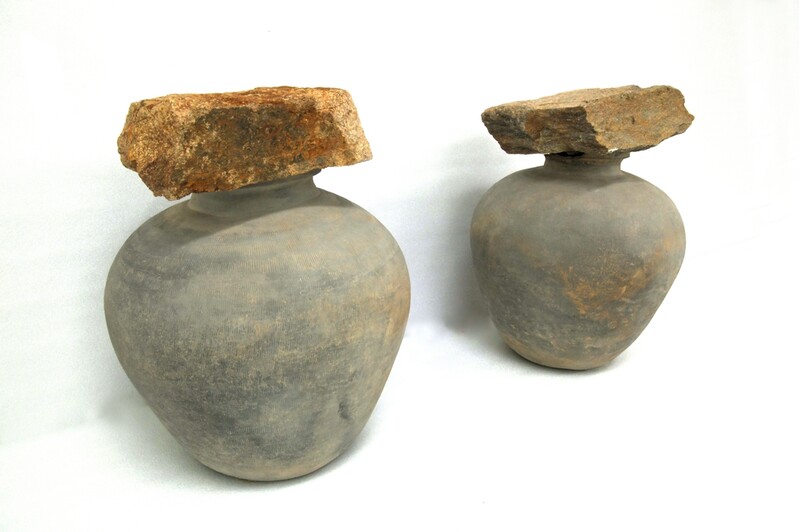 |
| ▲ This photo, provided by the Buyeo National Research Institute of Cultural Heritage, shows the jars with stones placed like lids, in Tomb No. 4. (PHOTO NOT FOR SALE) (Yonhap) |
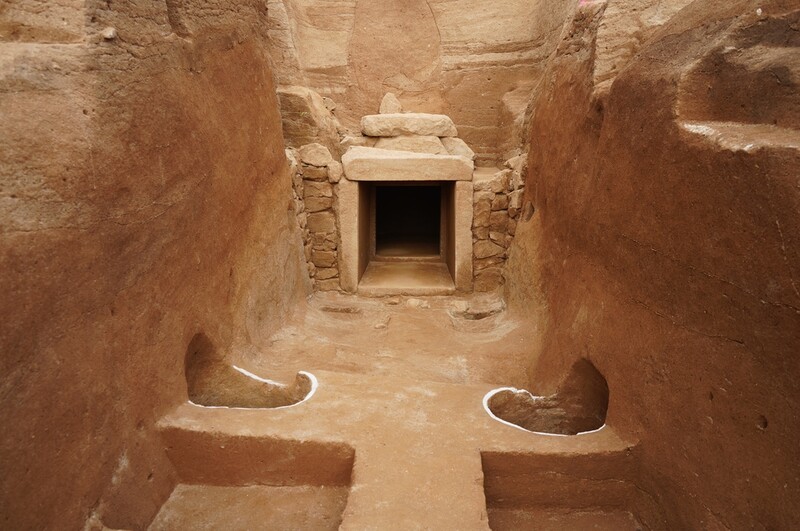 |
| ▲This photo, provided by the Buyeo National Research Institute of Cultural Heritage, shows Tomb No. 4. (PHOTO NOT FOR SALE) (Yonhap) |
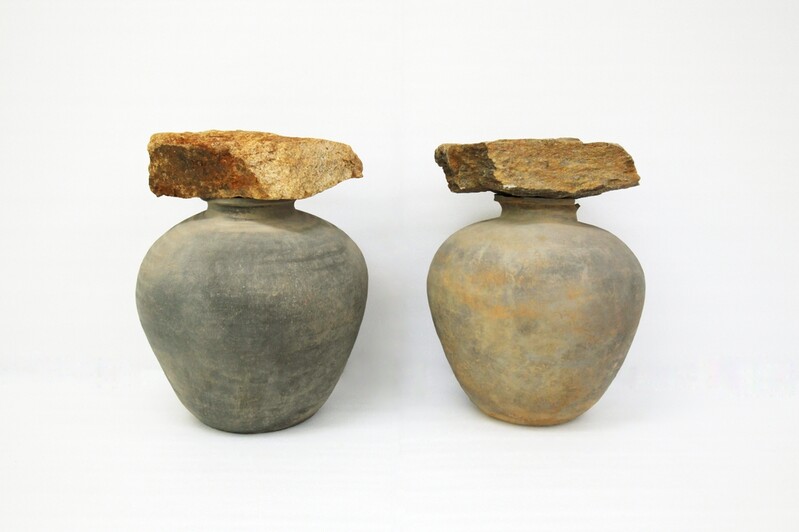 |
▲ This photo, provided by the Buyeo National Research Institute of Cultural Heritage, shows the jars with stones placed like lids, in Tomb No. 4. (PHOTO NOT FOR SALE) (Yonhap) |
SEOUL, Feb. 23 (Yonhap) -- Two pieces of 1,500 year-old earthenware with flat broken stones placed like lids have been excavated at the Wangneungwon, Buyeo, Chungcheongnam-do, where royal tombs from the Baekje period are gathered.
This type of burying earthenware has been first identified in Baekje tombs and is evaluated as an important clue to help study Baekje funeral culture and ritual process.
The Buyeo National Research Institute of Cultural Heritage announced on Wednesday that it had discovered jars standing upright on both sides of the floor of the main chamber (the room where the deceased is lying) through an excavation of Tomb No.4 (Seosangchong) last year.
The two pieces are estimated to be intentionally made together because they are about 49cm high, similar in height and shape. The lid stones seem to have been deliberately placed so that the contents of the jars do not escape.
The inside of the jars was filled about halfway with soil. The investigation team judged that the soil naturally flowed in after the jars were buried.
An official from the Buyeo institute said, "The jars are well-made,” adding, “The stone lids weren’t processed precisely.”
The institute pointed out that it may be a so-called “Jindangu” that prevents bad energy when building structures.
An official from the institute said, "It is not known whether the jar was buried before the tomb was built or placed in the process of putting in the coffin," adding, "After building the tomb, it seems that the tomb was dug again and the pottery was placed."
The official said, "It is known that few examples of pottery were buried in tombs like this in China," adding, "There may be meaningful results from the analysis of organic matter inside the jar, which is being analyzed by the institute.”
"It is an artifact that shows one aspect of Baekje's funeral culture, which lacks archaeological data,” said the official.
The investigation team identified the exact size and structure of the Seosangchong, which was investigated by the Japanese colonial era but had no drawings left.
There were no particularly noticeable artifacts other than two pieces of pottery.
The institute plans to investigate the Tomb No.3 (Seohachong) starting next month. In the royal tomb of Buyeo, six tombs identified during the Japanese colonial era and one tomb that appeared during the renovation process more than 50 years ago are maintained.
An official from the institute said, "We still don't know exactly who the owners are in Tomb No. 3 and No. 4,” adding, “The Tomb No. 3, located near the south of Tomb No. 4, is different in size and location from the Baekje period, and it is expected that investigation will reveal the order of tomb construction.”
(END)
(C) Yonhap News Agency. All Rights Reserved







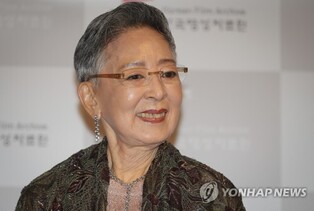
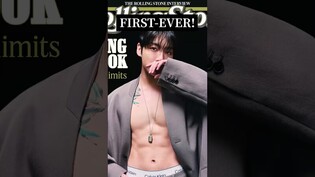
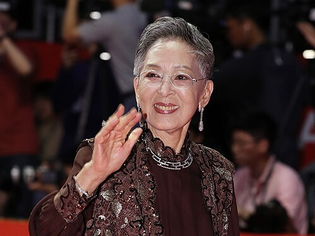
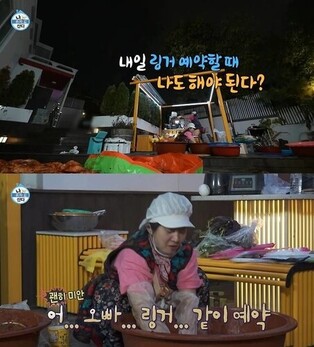
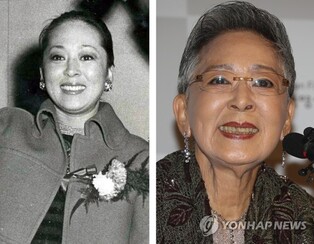
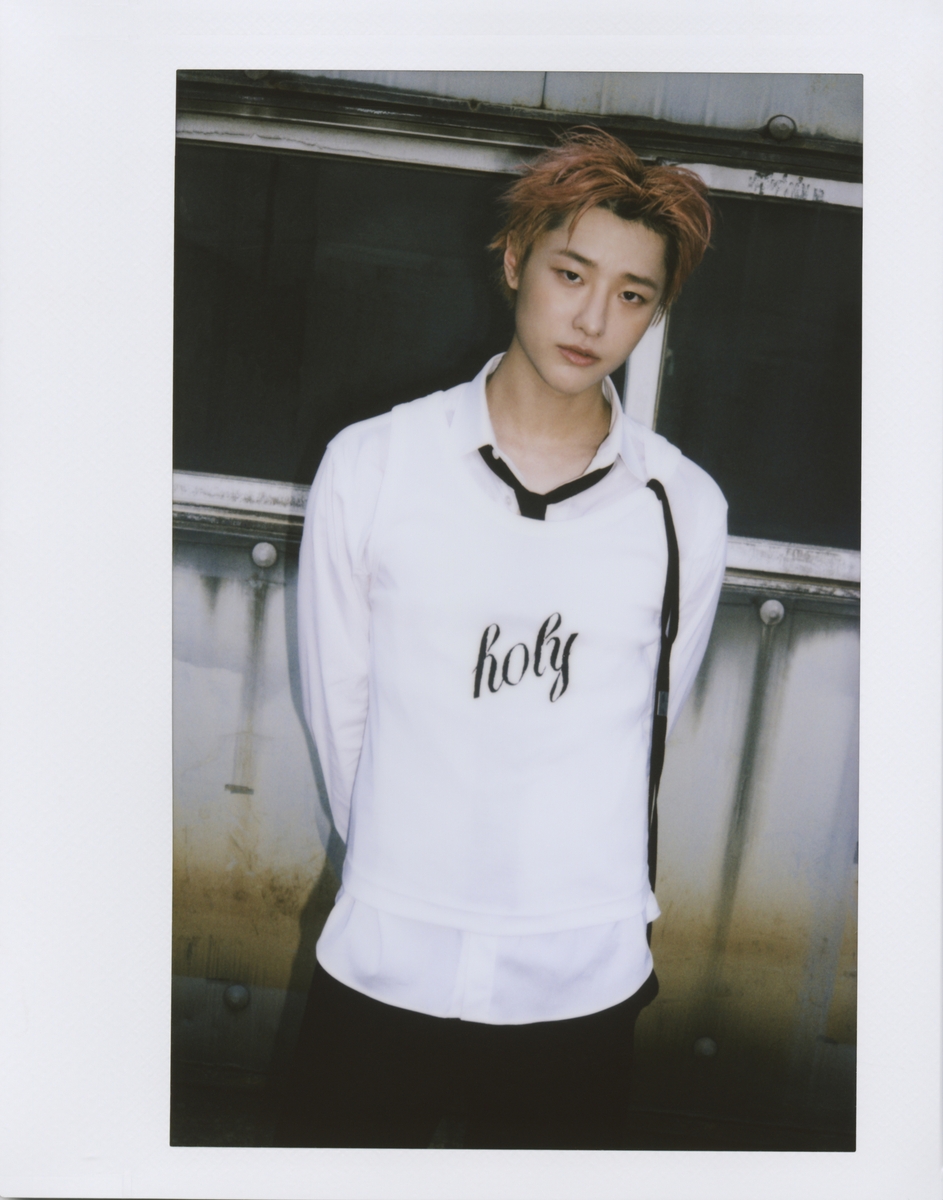
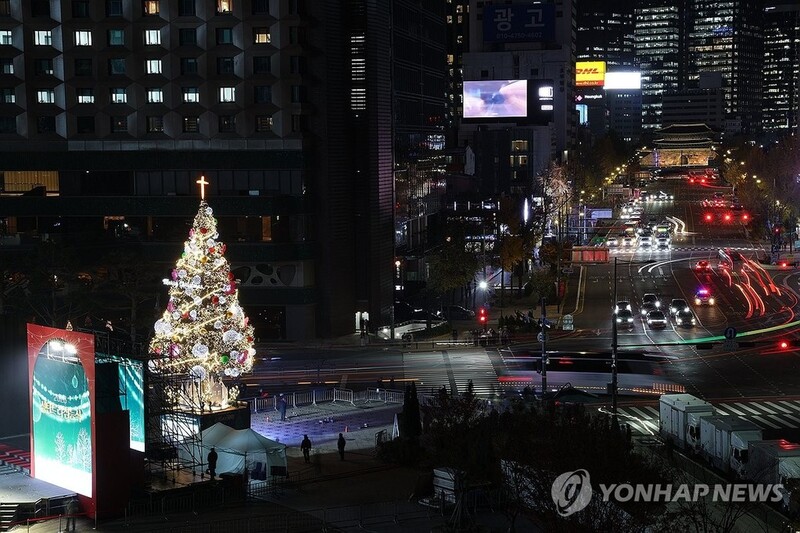
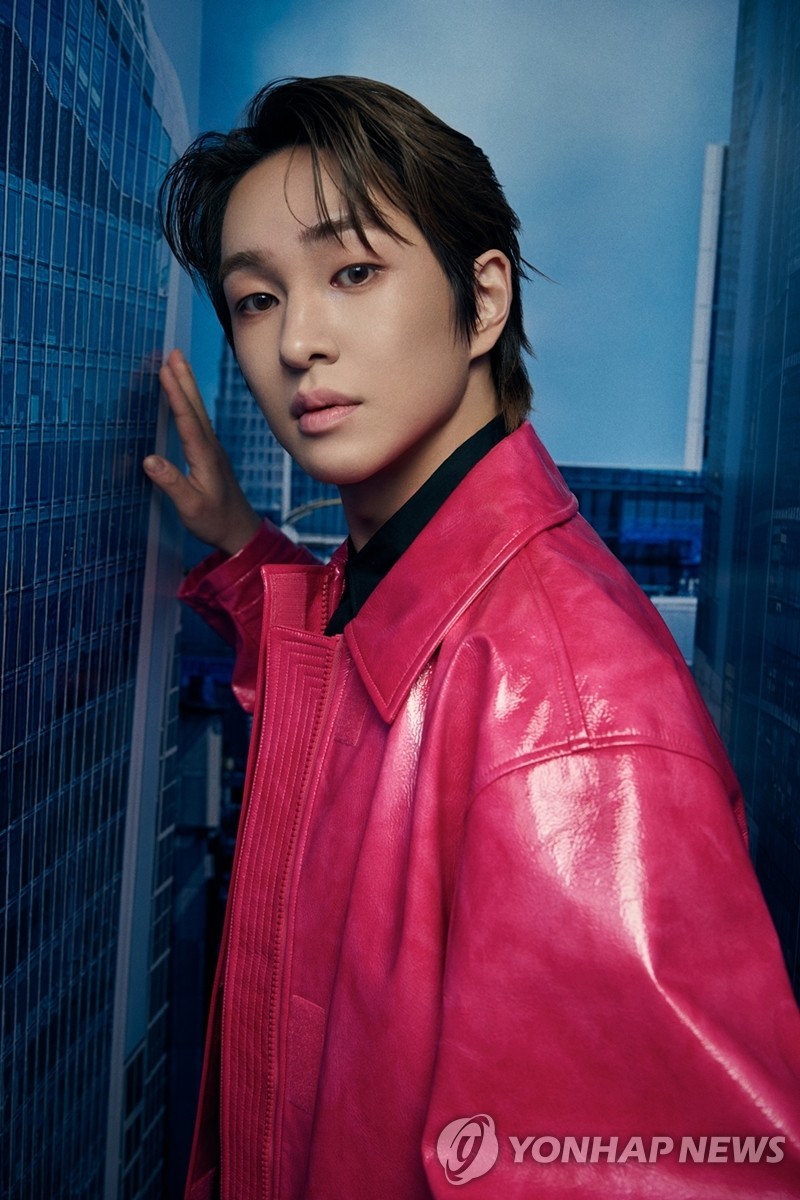
![[가요소식] 10대 싱어송라이터 민서, 데뷔 싱글 '미로'](https://korean-vibe.com/news/data/20251211/yna1065624915952705_742.jpg)
